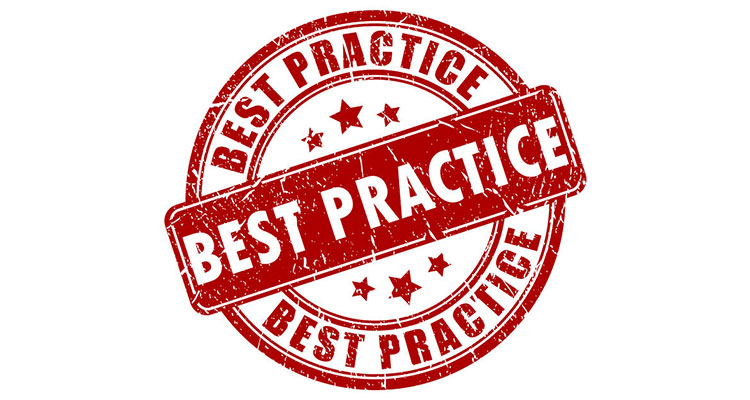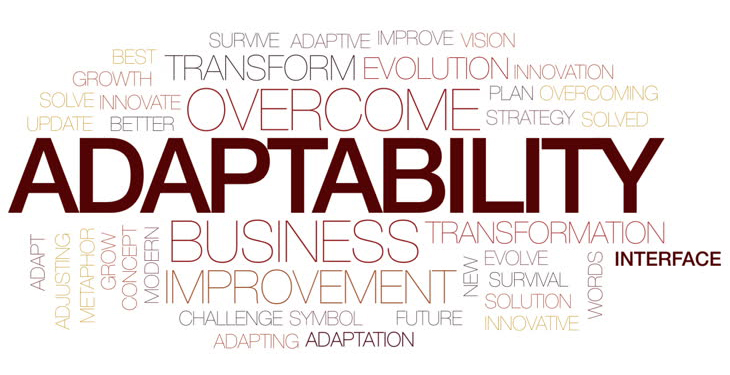Have You Done These Three Things?
 One of my favorite aphorisms (and I have plenty) is that you have to make the most of what you’ve got. Because, and while I know that it’s a tautology, all you have is all you’ve got.
One of my favorite aphorisms (and I have plenty) is that you have to make the most of what you’ve got. Because, and while I know that it’s a tautology, all you have is all you’ve got.
That’s the essence of what it means to have best practices in your business. Best practices are just that: They’re things that you do because they work, and work well.
There are any number of aspects of your business you can evaluate and develop best practices. In my observations and experience, these three are the ones that should be given priority to improve on.
First, standardize your job processes. And standardize all of them. Everything your team does, from design to install to programming, should be done the same way, every time. It was drilled into me that the only thing “custom” about “custom install” should be the minor details in any given job. To the client, it may look “custom designed” but for your team, it’s just another day on the job. Especially with regard to system design, from which everything else falls into place, laying out every job according to a standard template saves huge amounts of time and, of course, money.
Following installation standards on the jobsite means fewer errors, fewer corrections and completing projects on schedule and on budget. If your team really gets their processes down to a science, your projects can come in under budget, which is always welcome.
Building on the last point, tighten up your labor efficiency. Managing labor efficiency is a thankless, but critical task for your project managers.
Years ago, and I’ve never been able to find it online again, I read a study on motor vehicle service departments for car dealerships. (It makes me sound like a nerd, but I enjoy learning more about other industries.) What I took away from the reading was that while operating at 100 percent efficiency (as measured by hours billed less wages paid) is impossible, the service departments in the study that were profitable service operate at between 45-55 percent efficiency. By contrast, despite being “busy,” service departments operating at an average of 28 percent efficiency weren’t profitable, and ran in the red.
It’s something that’s stuck with me, and while I’m unaware of any similar study done in the AV channel, it’s a useful heuristic to keep in mind while evaluating install labor.
Unrelated to the previous two points, but hugely important in its own right is the need to be on top of receivables. That’s something that sounds like a “duh, obviously” statement, but is often easier said than done.
The common denominator in many small AV companies that have failed is that they were lax on terrible at collecting the money they were owed. Deposits need to be fair, but also need to collect enough to fund beginning the client’s project. With progress payments, the contract with the client needs to be explicit about the terms required for work to proceed. As with everything crystal clear communications up front, and as the job progresses will help forestall disagreements. If there is a dispute, having all of this clearly communicated initially goes a long way to keeping receivables up to date. Doing a bunch of work up front for free and then getting stiffed isn’t a particularly good business model.
If nothing else, evaluate how your business handles those three things. If you’re not satisfied with how they measure up, work to improve them. If you do you’ll have a better chance of being around later.





